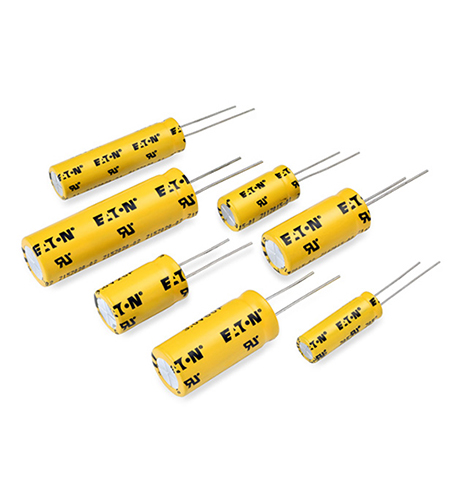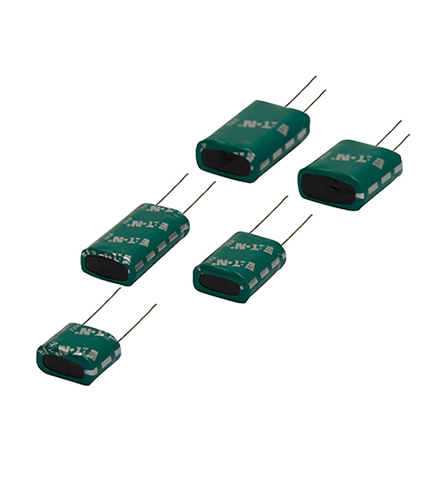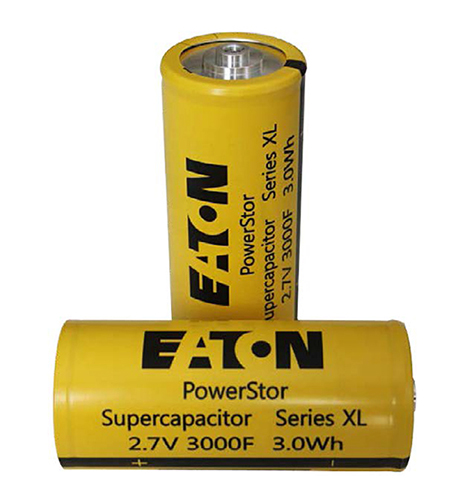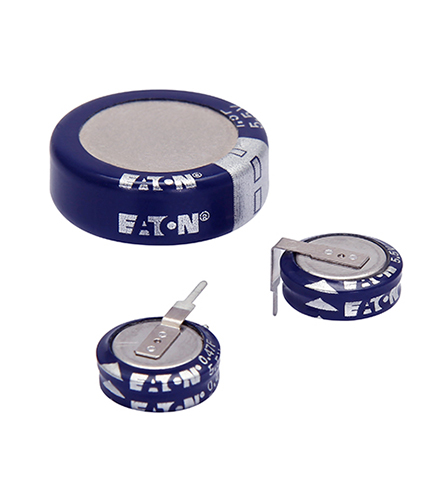
ACPNUMEN は,電容器業界でトップブランドで,幅広い用途のための最高品質の電容器を提供しています. 革新と顧客満足に重点を置くACPNUMENは,通信,通信機器,自動車電子機器,産業制御,デジタル回路など業界で信頼される名声として確立しました. 優れた性能と信頼性,効率性 を 備えるように設計されています それにより 世界中のエンジニアや設計者にとって理想的な選択になります
現代の急速な技術進歩の中で,様々な産業におけるコンデンサータの役割は 過大評価されることはない. コンデンサは電子回路の不可欠な部品で,必要に応じて電力を貯蔵し放出します. ACPNUMENは,これらの進歩を推進するコンデンサターの重要性を理解し,業界の厳しい要求を満たす高品質のコンデンサターを生産するために研究開発に長年専念しています. 通信ネットワークの電源化 信頼性の高い通信機器の確保 自動車電子機器の性能向上 産業制御システムの最適化 ACPNUMENコンデンサータは 業界における革新と成功を 推進する最高品質のコンデンサを 提供してくれるでしょう

コンデンサは、通信、通信機器、自動車電子機器、産業制御、急速に変化する技術の世界におけるデジタル回路など、さまざまな産業に欠かせない存在です。現在、ACPNUMENは、これらの分野からの多様な顧客ニーズに応える高品質のコンデンサを供給する企業の中でリーダーとなっています。
このビジネス分野で認知されたブランドである私たちは、進歩的な技術を使用して信頼性が高く、効果的で長持ちするコンデンサーを製造することの重要性を認識しています。私たちは常に最新の発明に追いつき、それを製品に実装しています。したがって、私たちはどのクライアントも効果的に目標を達成できるように、優れた性能を持つコンデンサーを提供しています。
ACPNUMENには競合他社と区別するいくつかの独自の特徴がありますが、その中でも品質が重要です。私たちはコンデンサーを製造するために、最高級の原材料のみを使用しており、これにより最も過酷な条件下でも動作できるようにしています。さらに、各コンデンサーは、品質に関する設定基準への適合を保証するために行われる検証プロセスを含む厳格なテストプロセスにかけられます。私たちの最終的な目標は、良質なコンデンサーを求める顧客との長期的な関係を確保することです。

電子部品業界には多くのブランドがありますが、ACPNUMENが達成したことはどのブランドも成し遂げていません。この会社は高品質のコンデンサーを製造・供給しており、分野でのブランド名と見なされています。彼らは、一貫して効果的な電子機器を必要とする企業にとって、最も求められるコンデンサー製造業者として高く評価されています。
私たちは、ACPNUMENでお客様の多様なニーズに応えるためにはカスタマイズが重要であることを認識しています。私たちは、コンデンサーメーカーとしてさまざまなカテゴリの製品を提供しています。私たちのコンデンサーは、通信機器、自動車、または産業制御システムに関して、性能向上、信頼性向上、エネルギー効率を考慮して作られています。これにより、私たちは、膨大な専門知識と最新の技術を通じて製造プロセスに最先端のデザインを実装することによって、この市場セグメントのすべての可能な要件を満たすコンデンサーを生産することを保証します。

多くの産業が高品質のコンデンサを必要としています。ここでACP NUMENが登場します。私たちの優先事項は、通信、テレコミュニケーション機器、自動車電子機器、産業制御、デジタル回路市場向けにパーソナライズされたコンデンサソリューションを提供することです。これまでの数年間、当社は業界での豊富な経験により、信頼できるコンデンサの提供者としての評判を築いてきました。
ACPNUMENのコンデンサは、優れた性能を発揮しながら、一貫した品質を維持するように設計されています。特定の用途に適したタイプのコンデンサが必要であることを理解しており、当社の専任チームは顧客と密接に協力して、カスタマイズされたソリューションを作成できるようにしています。私たちは、厳しい動作条件に耐える能力を持つ製品を顧客に提供することを目指しています。この完璧さへのコミットメントは、常に再度ご利用いただく顧客からの信頼を得るのに役立っています。

ACPNUMENは、通信および産業制御システムの急速に進化する分野において、高品質のコンデンサの製造業者の中で際立っています。これらのデバイスは、厳しい条件下でも偏差がないように、最大限の精度で製造されています。ACPNUMENのコンデンサは、通信、テレコミュニケーション機器、自動車電子機器、デジタル回路のための運用効果と信頼性の向上に焦点を当てることで、この分野で重要な役割を果たしています。
しかし、通信およびテレコミュニケーション機器に使用されるコンデンサの品質に妥協はできません。ACPNUMENのコンデンサは、安定した信号伝送、低漏れ電流、高い静電容量保持を確保するように設計されており、ユーザーはスムーズな接続を体験し、最高のパフォーマンスを得ることができます。彼らは、高度なスマートフォンや複雑なテレコムインフラストラクチャなど、さまざまな動作条件で一貫したパフォーマンスを提供します。
逆に、自動車電子機器や産業制御分野において、ACP NUMENコンデンサは製造現場のような過酷な条件に耐えられるように設計されています。私たちの製品は、業界標準に要求される極端な温度、振動、電圧変動に対応するように開発されています。これにより、効率レベルの向上によるダウンタイムの削減と、製造業者がこれらの特定のコンデンサを選択した場合に生産性にプラスの影響を与えるセキュリティの向上が実現します。

ACPNUMENは1998年に設立され、電力電子製品に焦点を当てた包括的なサービスプロバイダーです。米国のフォーチュン500企業の一つであるEaton Bussmannとの協力代理店契約を締結しました!現在、同社は通信、テレコミュニケーション機器、自動車電子機器、産業制御、デジタル回路などの分野に焦点を当てています。設立以来、私たちは常に次のことを信じてきました:品質は企業の生存の基盤であり、評判は発展を続けさせ、革新は企業を輝かせる。
イートン・バスマン,オン・ブライト,リトル・ファイズ,コンカー,シノ・ファイズ,アレン・ブラッドリー,Aupo,Wago,Sanyou,ectなど有名なブランドの代理店権を多く取得しました
サーキット保護の経験は26年あります
24時間 24時間サービス 2時間以内に迅速な対応
100%オリジナルブランド製品 100%品質保証 完全な認証
電子コンデンサは、電気エネルギーを蓄積し放出する電子部品です。さまざまな電子回路で電圧を安定させ、ノイズをフィルタリングし、一時的にエネルギーを蓄えるために使用されます。
電子コンデンサは、通信、通信機器、自動車電子機器、産業制御、デジタル回路などの産業で広く使用されています。これらの分野の電子機器や回路に採用されています。
電子コンデンサは、ある程度の電圧調整に使用できます。電子回路内の変動を平滑化し、ノイズを減少させることで電圧レベルを安定させるのに役立ちます。ただし、正確な調整には専用の電圧調整装置が必要な場合があります。
はい、電子コンデンサは電子回路内で一時的なエネルギー蓄積に使用できます。エネルギーを蓄え、必要なときに迅速に放出することができますが、エネルギー蓄積の容量は通常、専用のエネルギー蓄積装置と比較して小さいです。


2024 © Shanghai King-Tech Electronic Co., Ltd. プライバシーポリシー